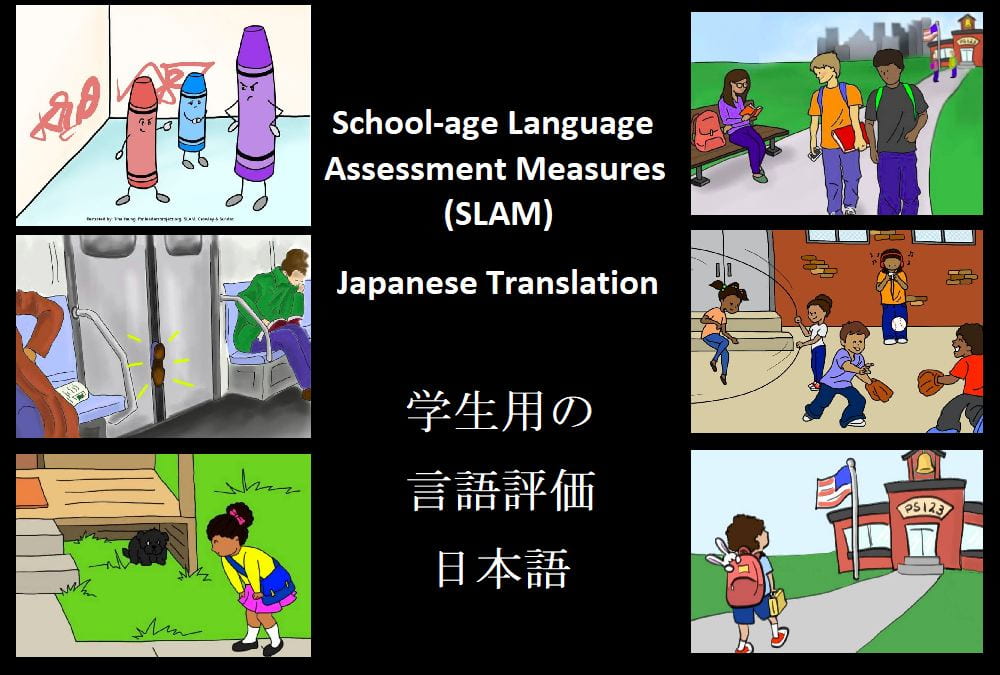


SLAM BOOM! Video on Access & Use
Leaders Project has recently adapted the School-age Language Assessment Measures (SLAM) cards for the boomlearning.com platform to make SLAM BOOM! Cards! SLAM Guidelines for Analysis have been created to aid with your note-taking and evaluation during a language...
Disability Evaluations: Law and Research Review
This video reviews the requirements of appropriate disability evaluations of from the federal education law IDEA 2004 and current research guiding clinicians in how to do these evaluations as supported by the law and research.
Model Eval: 9;7- English/Spanish- Moderate Receptive-Expressive Language Disorder
This document presents a speech and language evaluation for “GM,” a 9;7 old English/Spanish bilingual who was diagnosed with a moderate receptive-expressive language disorder.
Early Intervention Evaluations (Playlist)
In this playlist, Dr. Cate Crowley walks Early Intervention Evaluators through critical steps in conducting an Early Intervention evaluation considering current federal law, state regulations, clinical judgment, and evidence-based practice.
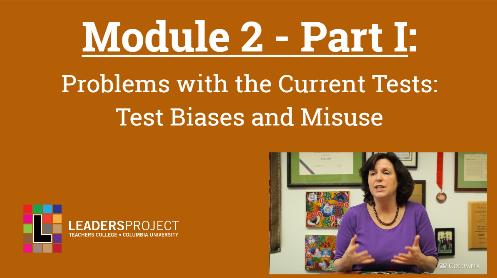
Early Intervention Evaluations- Module 2a- Standardized Test Misuse
In this module, Cate will review city and state regulations, federal law, research-based practice in her discussion of what makes a linguistically and culturally appropriate EI evaluation. She will look more closely at commonly used Early Intervention assessments for areas of bias that may lead to misdiagnosis if used with children of diverse backgrounds and experiences.
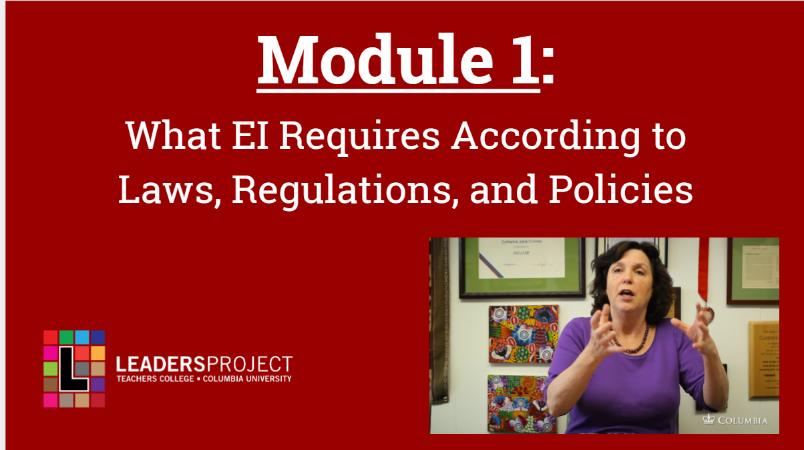
Early Intervention Evaluations- Module 1- Law, Regulations and Policies
In this first module, Cate discusses current NYCDOH laws and regulations regarding requirements for Early Intervention evaluations. She explains that, according to current regulations, evaluators are not required to use norm- and criterion-based tests in all EI evaluations. She talks about what is “significant enough” to require early intervention in New York City, and introduces the importance of using detailed clinical observations and informed clinical opinion in determining a child’s eligibility for services.
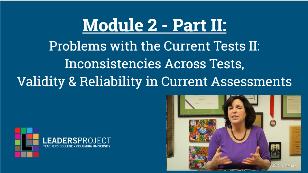
Early Intervention Evaluations- Module 2b- Standardized Test Misuse
In this module, Cate continues discussing current issues of misuse of current standardized EI assessments. She then examines across-test inconsistencies across tests like the REEL-3, the Rossetti, Bayley-III, E-LAP, Brigance, DAY-C, amongst others. Finally, Cate will take a deeper look at the validity and reliability of these common assessments, and caution evaluators to rely on more than a standard score in determining disability eligibility for children before the age of three.
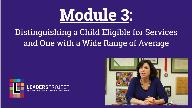
Early Intervention Evaluations- Module 3- Case Study
In the third module of this series, Cate looks at the NYSDOH Communication and Motor Clinical Practice Guidelines and uses case study videos of young children to demonstrate how detailed observation and informed clinical opinion can be powerful tools in doing an EI evaluation. Using observation of real children’s behavior, she guides the viewer through the steps for distinguishing a child eligible for EI services from a child in the wide range of “normal”.

Early Intervention Evaluations- Module 4- The Critical Questions
In the fourth module of this series, Cate explains the importance of parents as partners in EI disability evaluations. She presents research-based Critical Questions that evaluators can use to gather useful information from caregivers when evaluating a child, including information about the child’s language and dialect acquisitional history. Cate also presents the case of a 2.8-year-old boy, Alex, to demonstrate how to use the clinical questions to gather information and write up a quality EI evaluation.

![[feed link]](/wp-content/plugins/rss-just-better/rss-cube.gif)